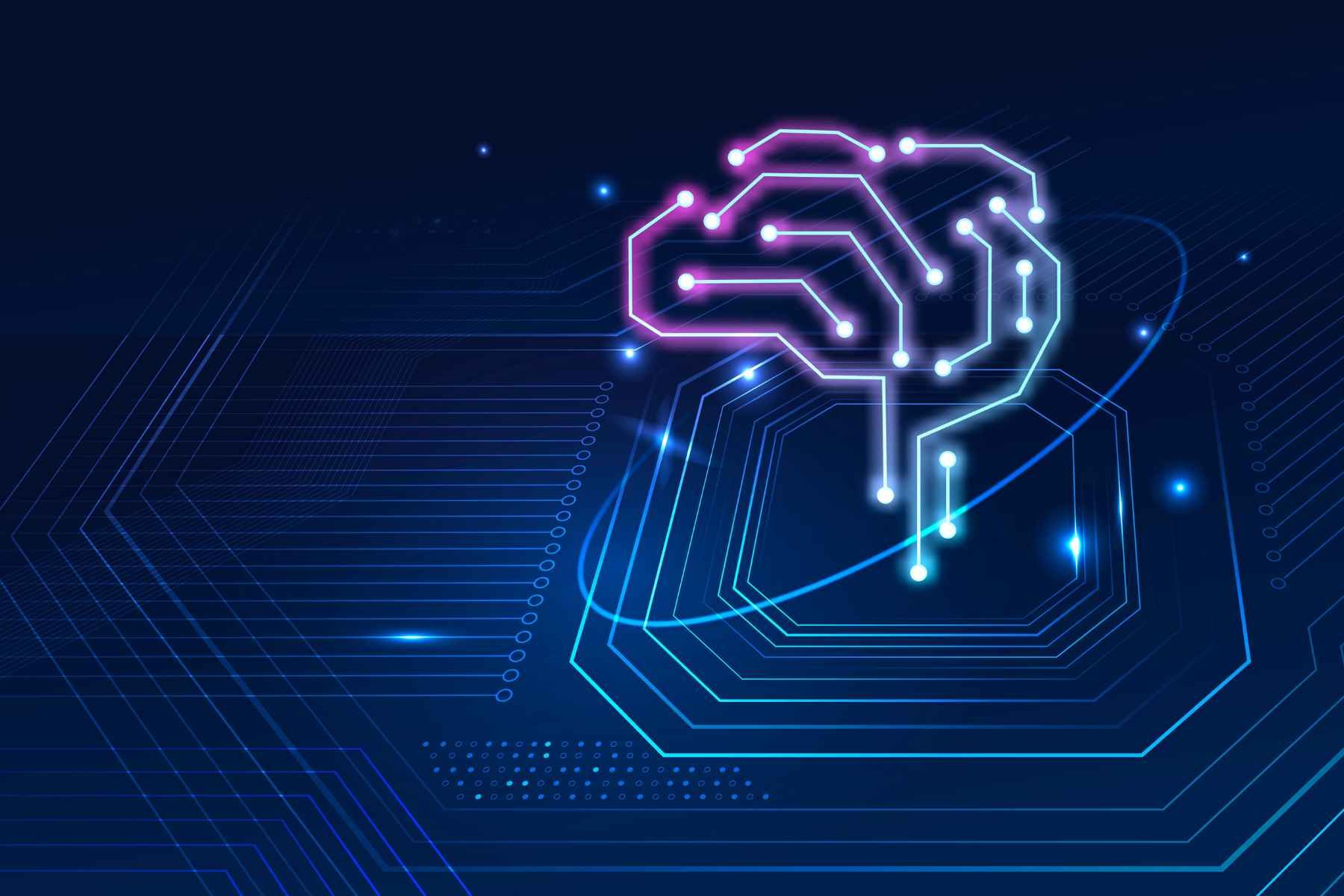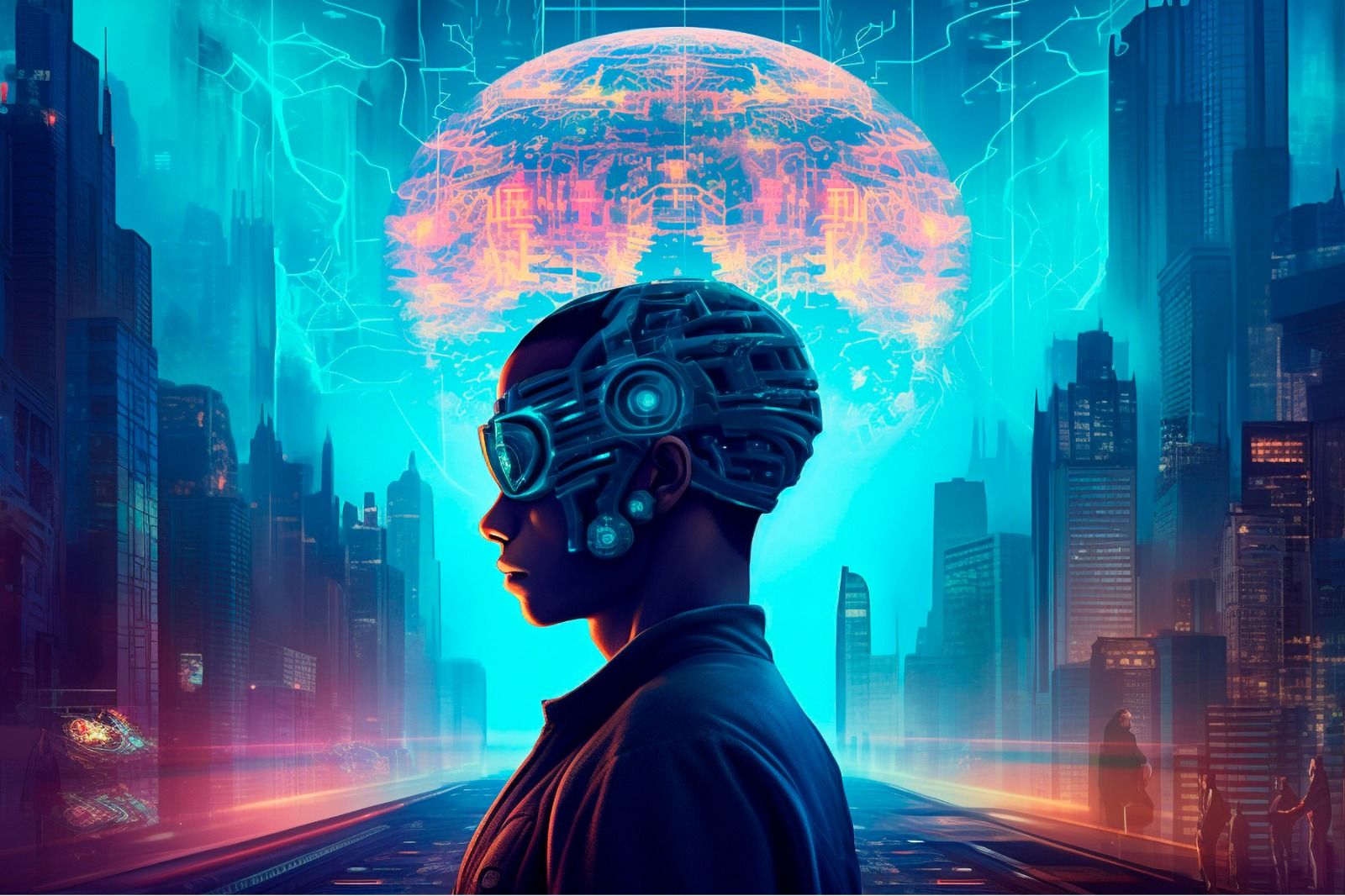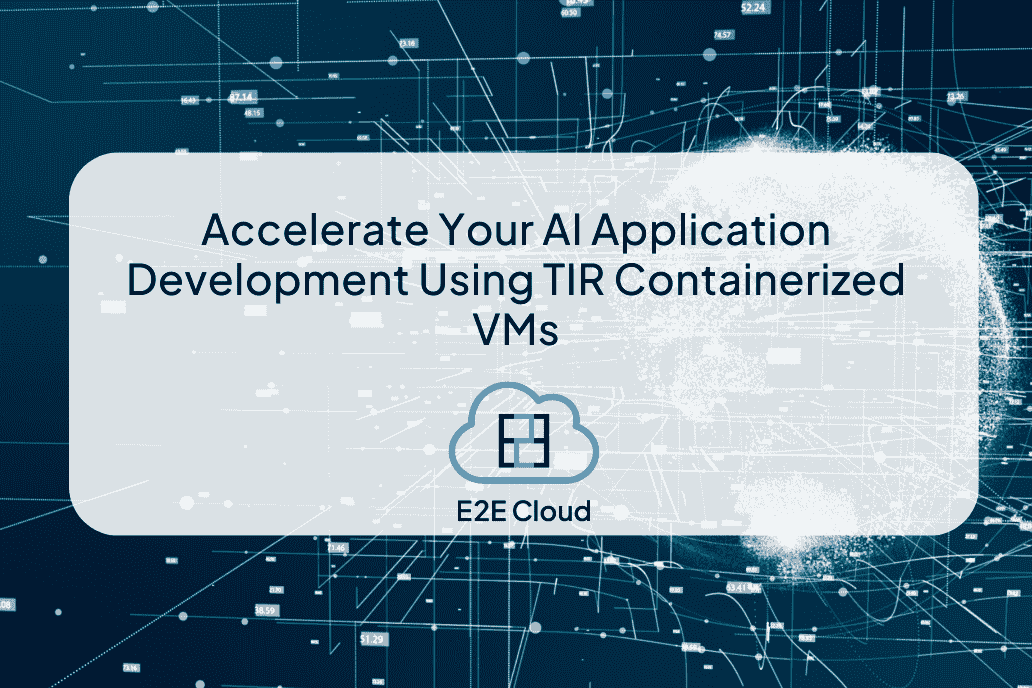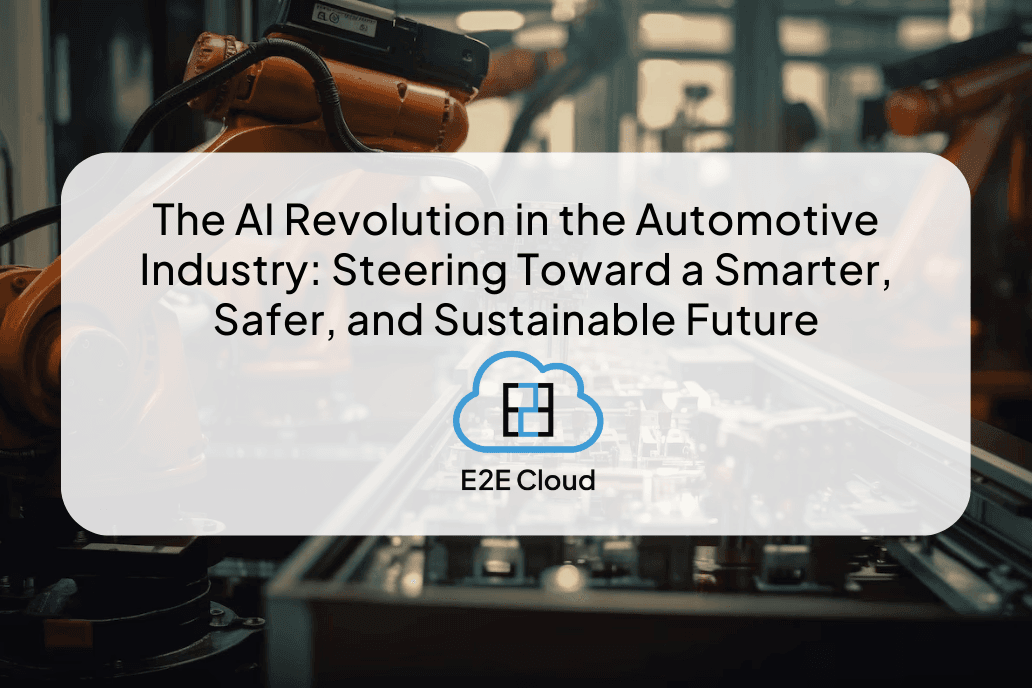Landing a Page #1 ranking for your website or blog is one of the best ways to bring in new business. Here are some tips to help you get started.
If you hired the best copywriter in the world to create some of the most profound content, but there was no one to read it, would it be all that effective? It wouldn't matter how engaging or well-written your work is if nobody sees it. To convert more, your page needs another crucial thing: targeted traffic. You can create SEO-friendly landing pages that help your audience take action and generate more traffic.
What is Search Engine Optimization(SEO)?
Search engine optimization, or SEO, is the procedure of tweaking your web page to make it more likely that your landing page pops up on the first few pages of Google's (or any other search engine's) results. While there is no one magical strategy to achieve a top ranking, there are a number of steps you can take which will help you reach your goal. After all, there is no ‘secret sauce’ for landing a Page #1 ranking- it’s simply about getting as much as possible on everything from meta tags and page titles all the way down to your page copywriting.
How to Make the Right Landing Page Rank in Google
Conversions and revenues are impacted by landing page rankings that are poor. This checklist ensures that the appropriate landing page gets ranked.
Long-tailed Keywords
Determine your keywords. It’s important that you know the terms you want to use to rank high with search engines for them; this is called keyword research. Some experts say it takes an average of five minutes for people to decide whether your page is worthy of their time, but each keyword search might take longer than others (like if someone uses two or more of your specific keywords) so make sure you do enough research into finding out what the right combination might be; keyword combinations will differ based on your unique piece of content! And here’s one important tip: Don’t neglect the power of using the same keywords more than once (and even different variations) throughout your page - they can help increase traffic dramatically!
Integrate your Keywords Strategically
Once you’ve got a grasp on your target keywords, you have to focus on strategically integrating the words into your page.
Title Tag- The title tag is the informal name of your webpage. It's like an advertisement for what you're presenting on that page, and it appears in the "title" form up at the top of your browser window. Your composition should encourage clicks.
Meta Description- A Meta Description is a unique field that appears in search results below a page title and above its first body paragraph. It either briefly explains the page content to the searcher, or simply invites the searcher to continue navigating to your page.
Header Tag- Heading tags, H1 to H6 structures, are an essential part of organizing your content. Your page should have only 1 H1 tag and it should be your main headline (H1). If you’re going to use subheadings under this main headline (H1), make sure the second one is an H2. If you plan on using subheadings underneath an H2, that is H3 and so on.
Strong Backlinks- Earning traffic and spot on the search engine results can be achieved in several ways. One of them is to get backlinks from websites about topics related to your niche. The most effective way is to publish guest blogs on well-known websites in order to create links with keyword-rich anchors focused on certain keywords, specifically directing one's search browser towards your landing page.
User Experience- Don't underestimate the importance of your website's user experience! Google has made it clear that they emphasize quality UX for higher page rankings, so if you can't afford to hire a professional web designer who knows what they're doing by now, you could also consider reading up on some basic landing page optimization best practices. They'll be your secret weapon in making sure your audience will find the experience of visiting your site to be smooth and enjoyable.
Loading Speed- Today, the world of technology is moving at lightning speeds, so it is vital for any website to load properly and quickly. One of the ways you can easily check the loading speed of your website is with Google's Page Speed Insights. It's best to shoot for a "perfect" score each time because anything less than that could negatively impact your search engine ranking, credibility, and ultimately your conversion rate - which is something you want to avoid.
Conclusion
Landing a page #1 ranking is not an easy task to accomplish, but it’s absolutely possible when using the right SEO techniques to optimize for higher rankings. When done correctly, you can save thousands of dollars each month and drive traffic to your perfectly optimized landing pages that convert you to prospective customers.
For a Free Trial - https://bit.ly/freetrialcloud









